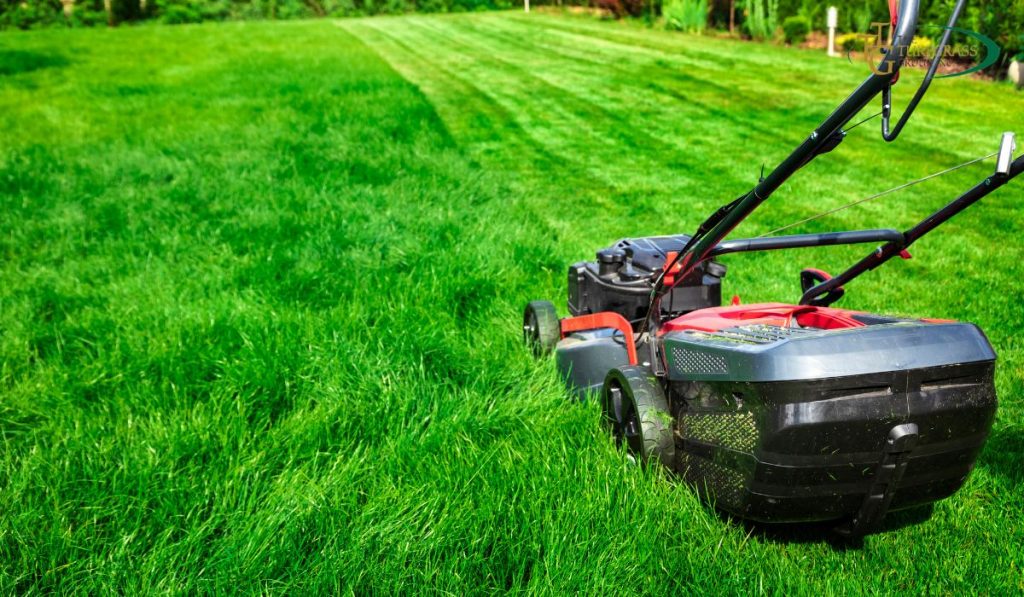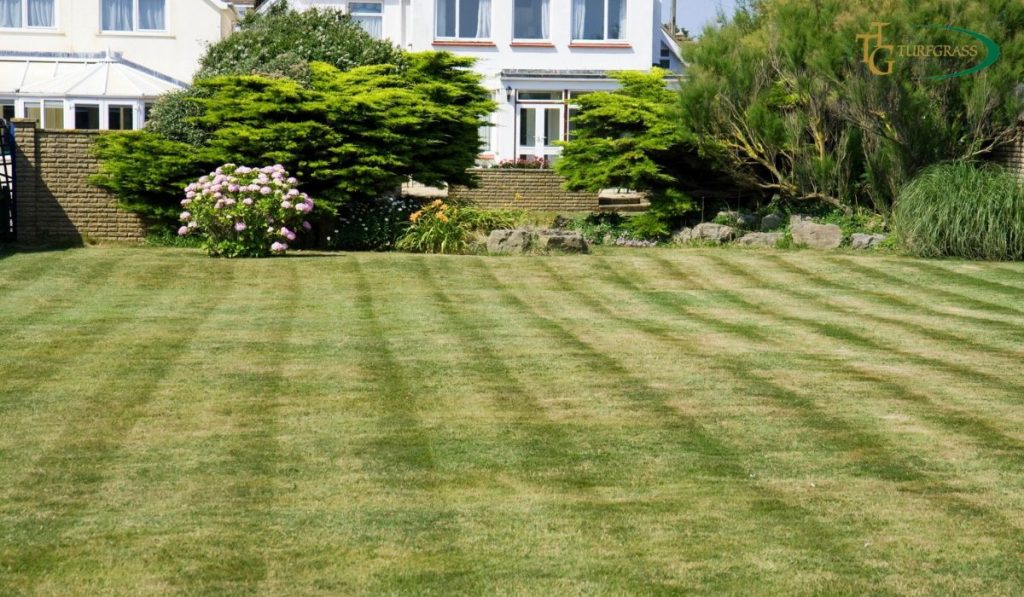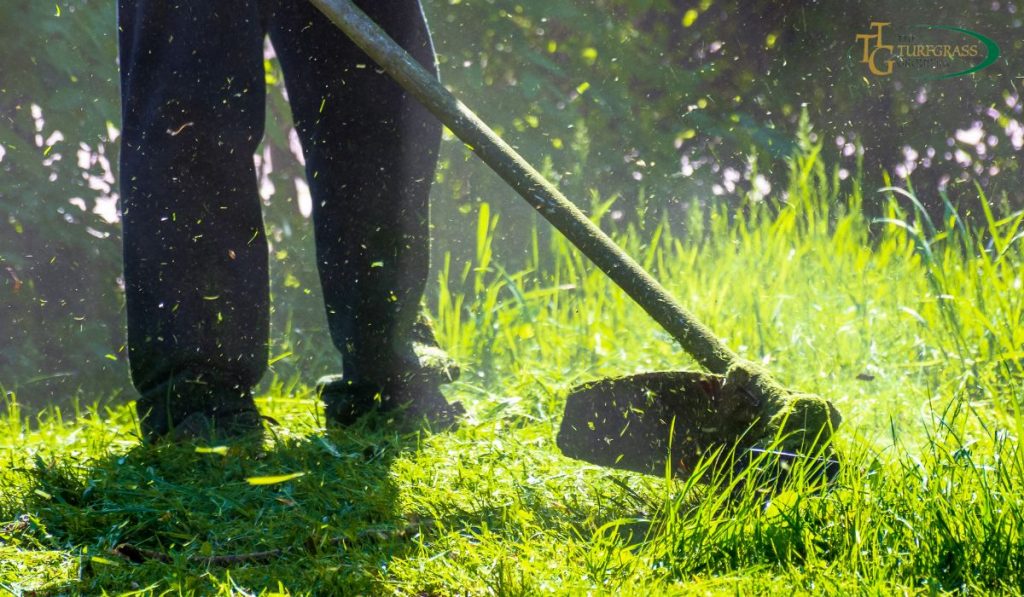
When it comes to maintaining a lush and vibrant lawn, challenges can crop up unexpectedly.
Whether it’s brown patches, stubborn weeds, or uneven growth, every lawn owner has faced their fair share of dilemmas.
Fortunately, there are quick and effective solutions to restore your lawn’s beauty.
In this article, we’ll explore 15 essential tips and tricks to tackle common lawn issues and have your outdoor space looking lush and inviting once again.
Understanding the Basics
Assessing the Damage
The first step in addressing any lawn problem is to assess the extent of the damage.
Walk around your yard and identify areas that require attention.
Soil Testing
Healthy grass starts with healthy soil.
Conduct a soil test to determine pH levels, nutrient deficiencies, and any other soil-related issues that might be affecting your lawn’s health.
Selecting the Right Grass
Choosing the appropriate grass variety for your region and climate is crucial.
Consult with a local nursery or gardening expert for guidance on grass selection.
Quick Fixes for Common Lawn Issues
Brown Spots
Brown spots can be caused by various factors, including drought, disease, or pests.
Apply a targeted lawn fertilizer and ensure proper watering to address this issue.

Weed Invasion
Unwanted weeds can quickly take over your lawn.
Use a weed killer or opt for eco-friendly alternatives like vinegar or boiling water to eliminate them.
Uneven Growth
Level uneven patches in your lawn by adding topsoil and reseeding.
Regularly mow your grass at the correct height to promote even growth.
Bare Patches
Overseed bare patches in your lawn to encourage new grass growth.
Keep the area well-watered until the new grass is established.
Compacted Soil
Aerate your lawn to combat compacted soil.
This allows air and nutrients to penetrate the roots, promoting healthier grass growth.
Fungal Diseases
Fungal diseases can harm your grass.
Apply a fungicide and adjust your watering schedule to prevent fungal growth.
Insect Infestations
Identify and treat insect infestations promptly.
Using natural predators or organic pesticides can help protect your lawn without harming the environment.
Maintenance and Care
Proper Mowing Techniques
Maintain the right mowing height for your grass type and avoid cutting more than one-third of the grass blade at a time.
Regular Watering
Establish a consistent watering schedule to keep your lawn adequately hydrated.
Water deeply and early in the morning to prevent fungal issues.
Fertilization
Feed your lawn with the appropriate fertilizer at the right times of the year.
Avoid over-fertilizing, as this can harm your grass.
Weed Prevention
Implement preventive measures to stop weeds from returning.
This may include using pre-emergent herbicides or mulching.
Lawn Renovation
Consider a full lawn renovation if your grass is beyond repair.
This involves removing the existing lawn and starting anew.
Conclusion

A lush, green lawn is within your reach with these quick fixes and maintenance tips.
By addressing common lawn issues promptly and following a proper care routine, you can enjoy the beauty of your outdoor oasis year-round.
FAQs
How often should I water my lawn?
Regularly water your lawn, aiming for about 1 to 1.5 inches of water per week. Adjust based on local climate conditions.
Can I use natural remedies to control weeds?
Yes, natural remedies like vinegar, boiling water, or even hand-pulling can be effective in controlling weeds without using harsh chemicals.
What’s the best time to aerate my lawn?
Aerate your lawn during the growing season, either in the spring or fall, when the grass can recover quickly.
How can I tell if my lawn has a fungal disease?
Look for signs such as discolored patches, unusual growth patterns, or the presence of mold-like substances on the grass blades.
Is it necessary to hire a professional for lawn renovation?
While you can renovate your lawn on your own, hiring a professional ensures the job is done correctly and efficiently, saving you time and effort.
What’s the best way to deal with thatch in my lawn?
Thatch is a layer of dead grass and organic matter that can accumulate on your lawn. To manage it, consider dethatching using specialized equipment or by manually raking your lawn. You can also prevent thatch buildup by maintaining a proper mowing and watering routine.
Should I leave grass clippings on my lawn after mowing?
Yes, leaving grass clippings on your lawn can be beneficial. They act as a natural fertilizer, returning valuable nutrients to the soil. Just ensure that the clippings are not too long and do not create a thick thatch layer.
How can I protect my lawn during extreme weather conditions?
Extreme weather, such as heat waves or heavy rainfall, can stress your lawn. To protect it, water more frequently during droughts, provide shade if possible, and avoid walking on wet grass during heavy rain to prevent compaction.
Is it essential to follow a specific lawn care schedule?
Having a lawn care schedule is helpful to ensure consistent care. However, adapt it to your local climate and grass type. Generally, lawns benefit from regular mowing, fertilizing, and watering during the growing season.
What’s the role of aeration in lawn care?
Aeration involves perforating the soil with holes to allow air, water, and nutrients to penetrate the grassroots. It promotes healthier root growth and is recommended as part of an annual lawn care routine, especially for compacted soil.